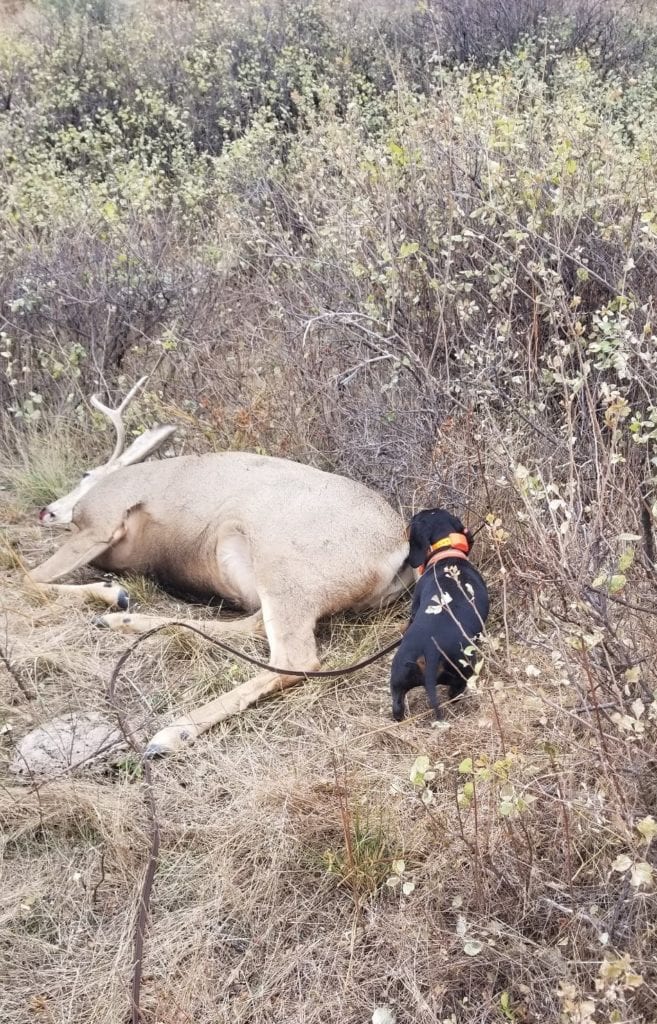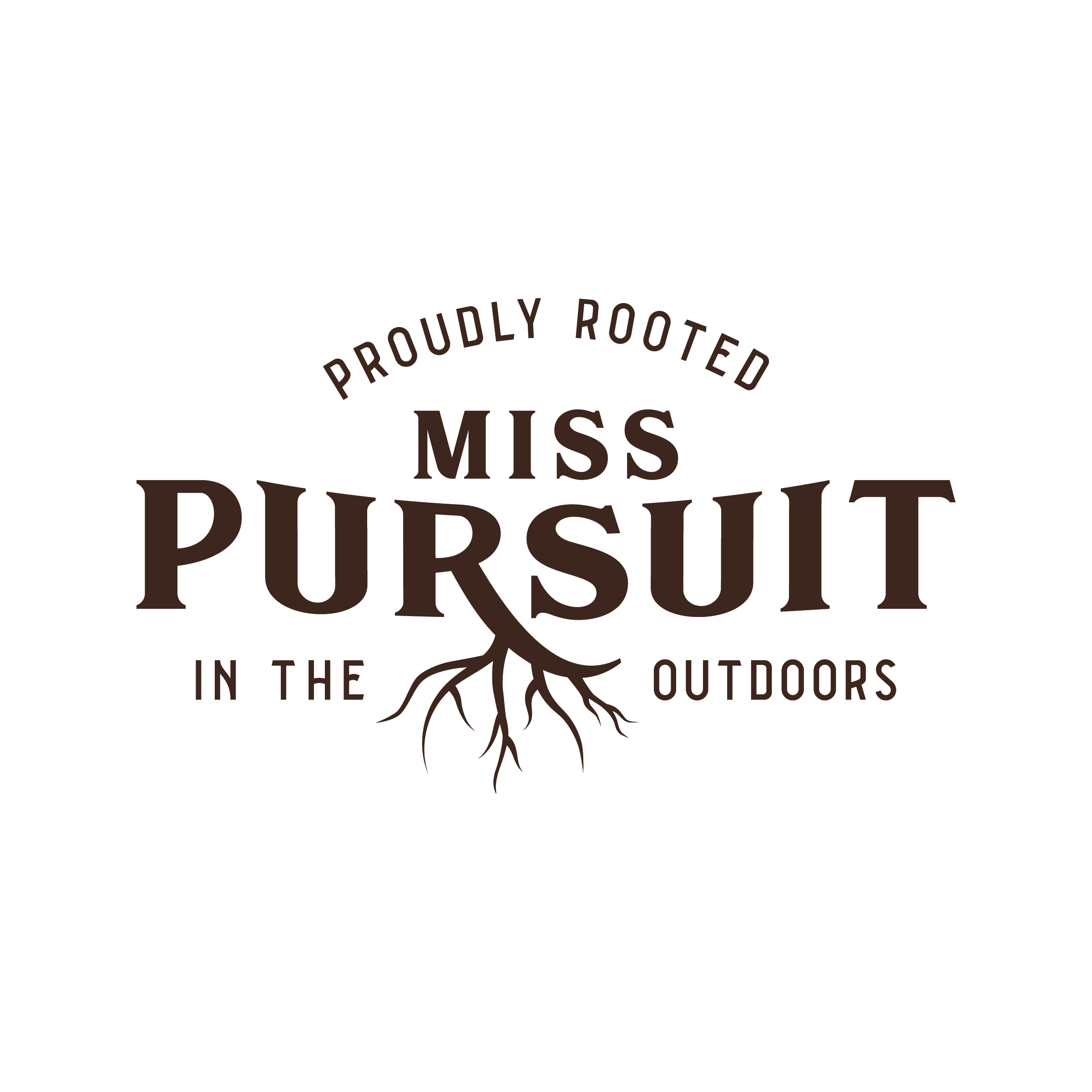As a new hunter it is often frustrating to follow hunters on social media, with images to maintain, who only share success after success, and very rarely include their own struggles or any real talk. There is a fine line where we have to consider the 96% of the population who do not hunt. Many people feel that we must put the best face forward with our, hopefully, graceful and gracious pictures of the animals that we have harvested. There is an aspect of hunting that many new hunters are not aware of or prepared for.
Here's what hunters should be talking about:
Not Every Animal is Recovered
I can only think of one time I saw a hunting video where they did not find their animal. I have lost two animals after shooting them and it was heartbreaking. Not finding an animal can be due to many things, including inexperience tracking, and sometimes the animals do not bleed outside of their bodies.
Tracking animals is a true skill. I have had the privilege of hunting with some amazing trackers. As a new hunter, I watched and emulated their techniques of slowly going from spot to spot, making sure not to step on any of the blood spots. Another way to combat this is the up-and-coming art of using tracking dogs. I am lucky to hunt with someone who has a tracking dog. This alleviates many of my fears should I be in that situation again. Even with a dog with a job, they only find about 40% of the animals they track.

Unfortunately, sometimes the animals bleed only internally. This happened to me on my buck hunt last year. My broadhead hit 2 ribs and went just through the opposite shoulder. Not a drop of blood to be seen. I know this has happened to many hunters. Surprisingly, this also happened to me on my most recent rifle hunt, despite the rather large exit hole.
It's hard to be prepared for this, but it is important to be aware that it may happen. Having a plan in place is half the game.
Sometimes Animals Do Not Die Immediately
Whether the shot was not optimal, the animal moved after the shot, or just simple physics, part of the equation is that animals do not always die right away as they do on some of our favorite hunting TV shows. This is a two-fold eye-opener for new hunters. The number one rule, unless the animal dies in your vision, is to wait. You never want to bump (push your animal to get up) an animal that has been shot; it is always better to let it lie. This is a hard and anxious time for hunters. We always want to know! Waiting has led to some of my most anxious moments in life. With my first deer, I bumped her 3 times before being forced by friends to go back to camp, we found her after waiting an hour.
The second thing to keep in mind is that sometimes you must follow up. This can be a second shot or third, or you may have to deploy some other method to end the life of the animal. This is a difficult task, mentally, and can be quite dangerous depending on the animal.
